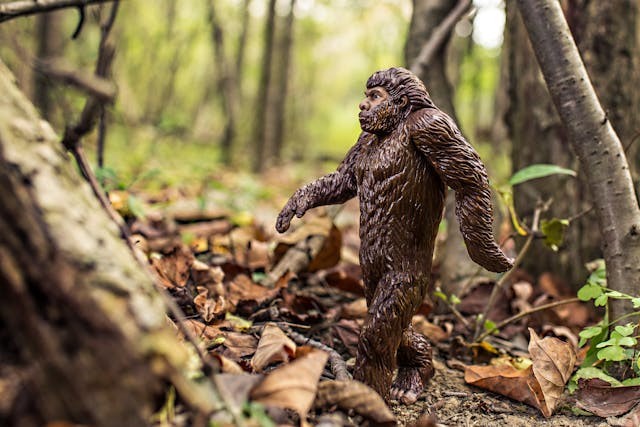
(Photo: Pexels/Gratisography)
Modern humans are often compared to Neanderthals, with the latter usually considered inferior. However, in another study, they are considered a cousin or brother of Homo sapiens. What's our relationship with them?
Modern Humans Vs. Neanderthals
Ludovic Slimak, a paleoanthropologist at the University of Toulouse in France and director of the Grotte Mandrin, discussed the differences between modern humans and Neanderthals in one article and his book "The Naked Neanderthal: A New Understanding of the Human Creature." According to him, he had a conversation in Russia with a leading light of the Academy of Sciences who told him that Neanderthals are "different." They reportedly "have no soul."
The conversation reportedly prompted him to look at the issue in a different light amid the "unspoken, unconscious assumptions" underlying the understanding of humanity. He noted that the Neanderthals are ingrained in our unconscious.
However, they are neither cousins nor brothers and are the subject of research. In any event, it is impossible to relate the Neanderthal to anything known to us in a world where differences, alterity, and classification are more taboo than ever.
The creature is inherently subversive. Furthermore, this subversion tests our capacity for intellect.
Among the most obvious differences between Homo sapiens and Neanderthals are their physical traits. The former has a high and rounded or globular braincase and a narrow pelvis. Meanwhile, based on their fossils, the latter exhibit a longer, lower skull and broader pelvis.
With precise measurement, it is possible to differentiate our middle ear's three small bones - essential for hearing - from those of Neanderthals. The distinctions in ear bone shape are generally more pronounced than those that separate gorillas and chimpanzees, our closest living cousins, from one another.
ALSO READ: Individuals With Neanderthal Genes at Higher Risk of Developing Deadly Form of COVID [Study]
Neanderthal and Denisovan DNA Contribute To Modern Human's 'Morningness'
The majority of current human DNA originates from Homo sapiens in Africa. Still, some ancestors of modern humans absorbed genetic material from extinct human lineages, such as Neanderthals and Denisovans, along the course of evolution.
While much of this genetic diversity has been lost over time, people of European and Asian ancestry still include about 2% Neanderthal DNA, while people from Papua New Guinea have about 5% Denisovan DNA.
Neanderthals and Denisovans left Africa hundreds of thousands of years before the direct ancestors of modern humans, giving them more time to modify their genes to withstand the colder, darker climes of Western and Northern Eurasia. During a major migration into Europe between 50,000 and 60,000 years ago, Homo sapiens first encountered such meteorological conditions.
Genetic changes inherited from Neanderthals and Denisovans would have given certain people an advantage in enduring the severe winters in Eurasia.
The genomes of contemporary humans from the UK Biobank were compared with those of Neanderthals and Denisovans by Tony Capra and colleagues at the University of California, San Francisco. More than a thousand common mutations were found.
According to Capra, the genes these early human ancestors passed down appear to improve modern humans' "morningness."
RELATED ARTICLE: First Neanderthal Family: Largest Genetic Research in Ancient Humans Offers a Glimpse of Real-Life Flintstones
Check out more news and information on Neanderthals in Science Times.


![Earth's Quasi-Moon Kamo‘oalewa Could Originate From Lunar Surface Not Asteroid Belt [Study]](https://1721181113.rsc.cdn77.org/data/thumbs/full/53275/89/56/50/40/earths-quasi-moon-kamo-oalewa-could-originate-from-lunar-surface-not-asteroid-belt-study.png)











